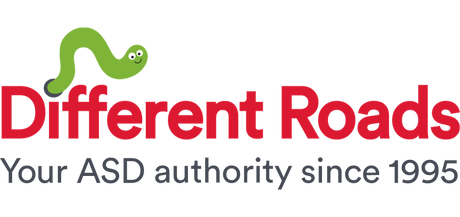A Review of Promoting Functional Communication Within the Home
By Different Roads
This month’s ASAT feature is a review of Promoting Functional Communication Within The Home ( Bondy, A., Horton, C. & Frost, L.) by Kaitlyn Evoy, BA, and David Celiberti, PhD, BCBA-D. To learn...











